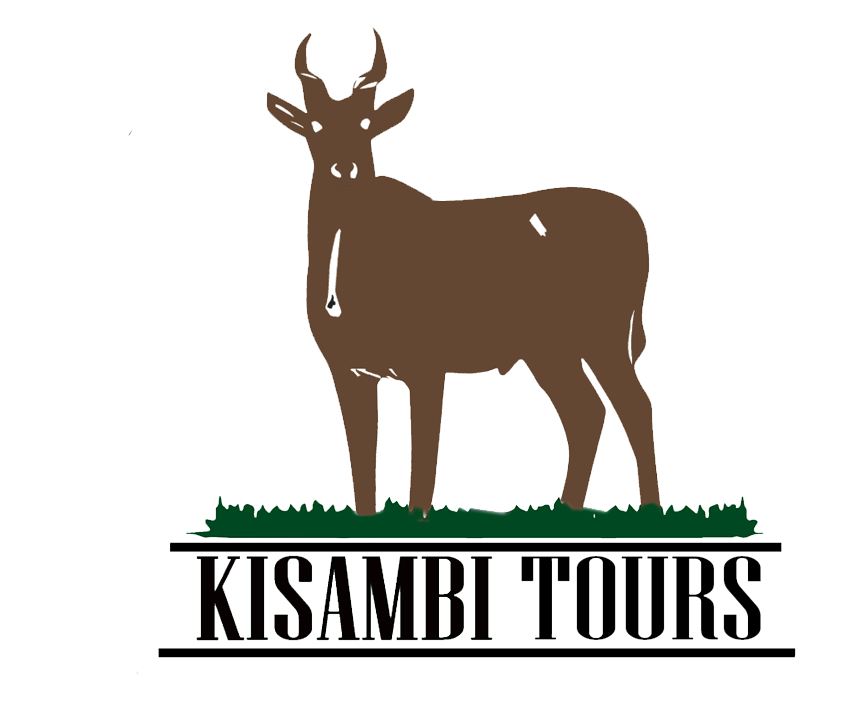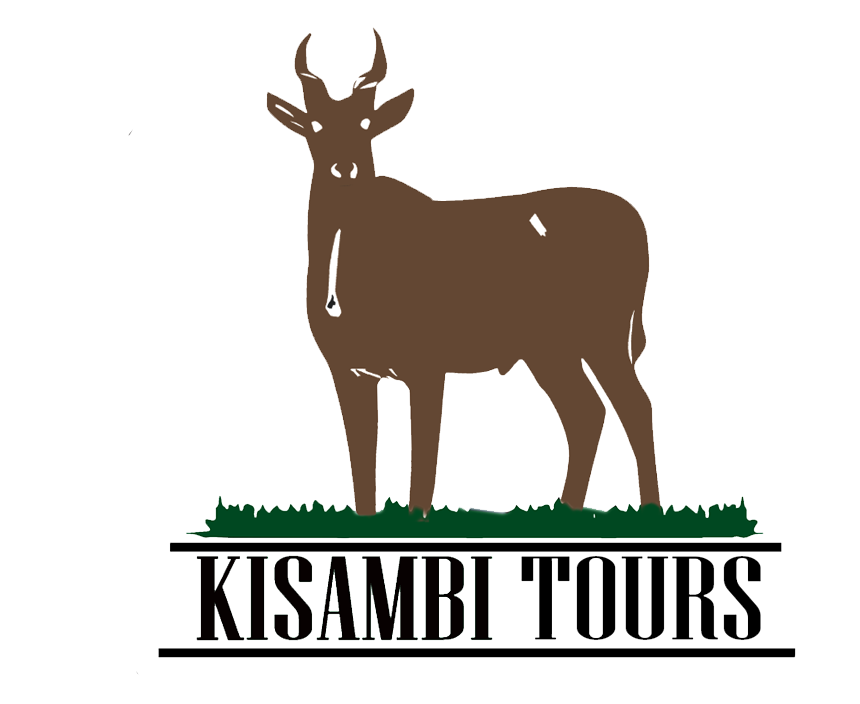Kilimanjaro Climbing Costs
Home » Kilimanjaro Climbing Costs
Personalized Tours for Exceptional Experiences
What to Consider When Planning Your Adventure
Kilimanjaro, the highest peak in Africa, stands majestically in Tanzania, attracting adventurers from around the world. The allure of conquering this iconic mountain and reaching its summit is a dream for many. However, when planning your Kilimanjaro climb, it is crucial to consider the associated costs. Understanding the expenses involved will help you budget effectively and make the most of your climbing experience. In this article, we will delve into the factors that contribute to the overall cost of climbing Kilimanjaro.
Park Fees and Permits: To climb Kilimanjaro, you will need to obtain permits and pay park fees. The fees vary depending on the route you choose and the duration of your climb. The mountain is protected by Kilimanjaro National Park, and the fees contribute to conservation efforts and maintaining the infrastructure on the mountain. It is essential to research the current fees and permit requirements to factor them into your budget.
Guide and Porter Fees: Hiring a professional guide is mandatory for climbing Kilimanjaro, and it is highly recommended for your safety and success. The guide will provide valuable knowledge about the routes, help with acclimatization, and ensure your well-being throughout the journey. Additionally, porters play a crucial role in carrying equipment and supplies, making your climb more comfortable. Guide and porter fees are typically charged per day, and it is customary to tip them at the end of the trek. Considering these expenses is important when calculating the total cost.
Accommodation: During your Kilimanjaro climb, you will stay in mountain huts or tents, depending on the route you choose. The cost of accommodation is usually included in the package provided by trekking companies. However, it is advisable to confirm what is covered in the package and if any additional charges apply. Some routes offer more luxurious options, such as private tented camps, which come at a higher cost. If you prefer a more comfortable experience, you may need to allocate a larger portion of your budget to accommodation.
Meals and Water: Most Kilimanjaro climbing packages include meals and water during the trek. However, it is essential to verify the details with your chosen trekking company. The quality and variety of meals can vary, and some companies may offer more extensive menus at an additional cost. Staying hydrated is crucial while climbing, and it is advisable to bring your own water bottles or hydration systems. If water is not provided, you will need to consider purchasing it along the way, which can impact your overall expenses.
Equipment and Gear: Climbing Kilimanjaro requires specific gear to ensure your safety and comfort. While some trekking companies provide certain equipment, such as sleeping bags and hiking poles, others may require you to bring your own. Purchasing or renting climbing gear can add to the overall cost, especially if you do not already own the necessary items. It is essential to research the required gear and factor in the expenses when planning your climb.
When planning your Kilimanjaro climb, it is crucial to consider these factors to estimate the overall cost accurately. It is recommended to research different trekking companies, compare their packages, and read reviews to ensure you select a reputable and reliable provider. Remember that safety and the overall experience should be your top priorities when choosing

